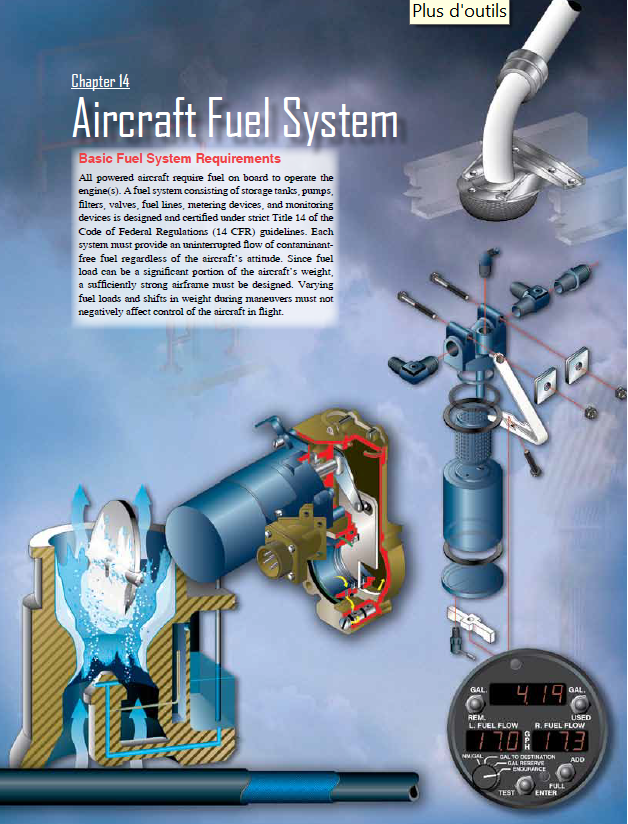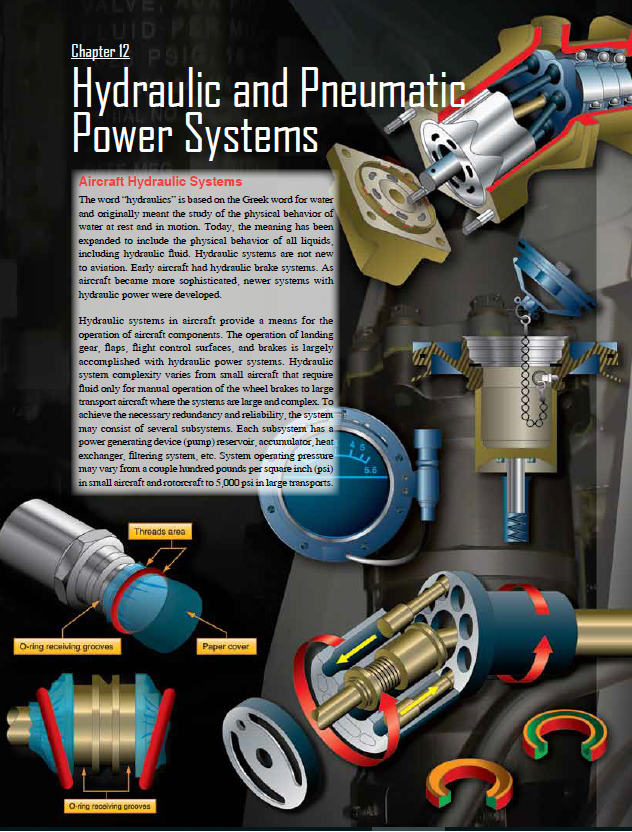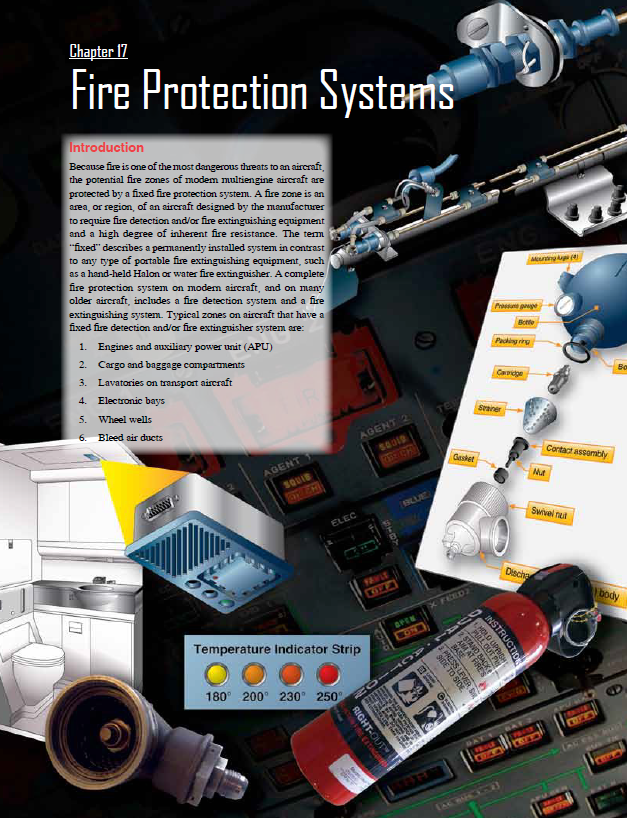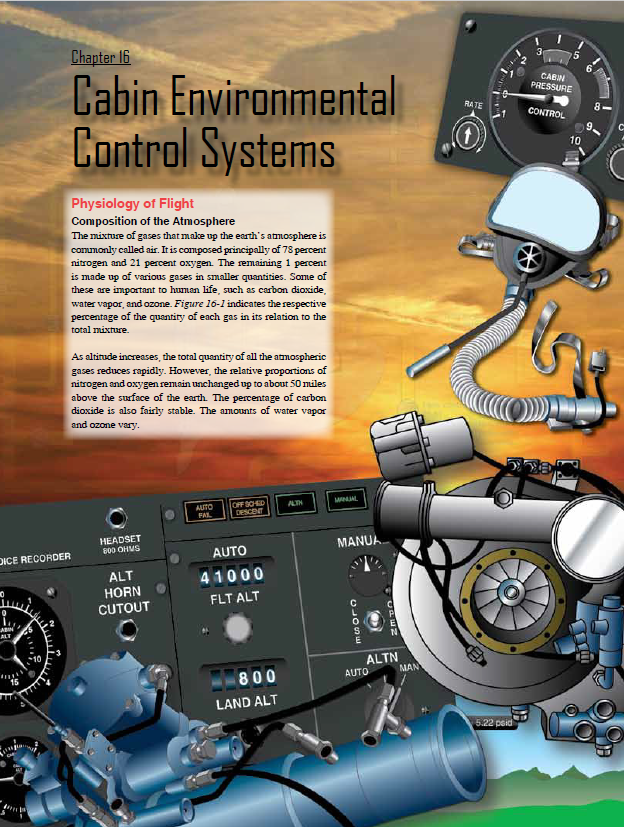Last updated on January 7th, 2022 at 02:27 pm
Aircraft Fuel System
[RICH_REVIEWS_SNIPPET category=”all”]
Easa Part 66 Maintenance Practices (4664 Questions)
Sample – Maintenance Practices Exams ( 40 questions 30 min),
Category A – Maintenance Practices Exams ( 72 questions 90 min),
Category B1 – Maintenance Practices Exams ( 80 questions 100 min),
Category B2 – Maintenance Practices Exams ( 60 questions 75 min),
Category B3 – Maintenance Practices Exams ( 75 questions 40 min),
[pdf-embedder url=”https://easapart66.academy/wp-content/uploads/securepdfs/2020/01/easa_part_66_academy-ch14.pdf” title=”easa_part_66_academy ch14″]
Chapter 01: Aircraft Structures (70 pages),
Chapter 02: Aerodynamics, Aircraft Assembly, and Rigging (70 pages),
Chapter 03: Aircraft Fabric Covering ( 24 pages),
Chapter 04: Aircraft Metal Structural Repair ( 114pages),
Chapter 05: Aircraft Welding ( 38 pages),
Chapter 06: Aircraft Wood and Structural Repair ( 28 pages),
Chapter 07: Advanced Composite Material ( 58 pages),
Chapter 08: Aircraft Painting and Finishing ( 22 pages),
Chapter 09: Aircraft Electrical System ( 106 pages),
Chapter 10: Aircraft Instrument Systems (86pages),
Chapter 11: Communication and Navigation (78 pages),
Chapter 12: Hydraulic and Pneumatic Power Systems (54 pages),
Chapter 13: Aircraft Landing Gear Systems (96 pages),
Chapter 14: Aircraft Fuel System (62 pages),
Chapter 15: Ice and Rain Protection (32 pages),
Chapter 16: Cabin Environmental Control Systems (62 pages),
Chapter 17: Fire Protection Systems (22 pages),
Aircraft Fuel System
Fuel System Independence Aircraft Fuel System Each fuel system for a multiengine airplane must be arranged so that, in at least one system configuration, the failure of any one component (other than a fuel tank) does not result in the loss of power of more than one engine or require immediate action by the pilot to prevent the loss of power of more than one engine.
If a single fuel tank (or series of fuel tanks interconnected to function as a single fuel tank) is used on a multiengine airplane, independent tank outlets for each engine, each
incorporating a shut-off valve at the tank, must be provided.
The shutoff valves may serve as firewall shutoff valves, which are also required. However, note that if the line between the valve and the engine compartment contains more than one quart of fuel (or any greater amount shown to be safe) Aircraft Fuel System that can escape into the engine compartment, an additional
firewall shutoff valve is needed. Lines and any components from each tank outlet to each engine must be completely independent of each other .
The fuel tank must have at least two vents arranged to Aircraft Fuel System
minimize the probability of both vents becoming obstructed simultaneously. The filler caps must be designed to minimize the probability of incorrect installation or in-flight loss.
Aircraft Fueling System
Fuel System Lightning Protection Aircraft Fuel System The fuel system must be designed and arranged to prevent the ignition of fuel vapor within the system by direct
lightning strikes or swept lightning strokes (where highly probable). Swept strokes occur when the lightning strike is deformed by interaction with aerodynamic forces and propagates in a unique manner due to the material and shape of the airframe surfaces. Corona and streamering Aircraft Fuel System must also be inhibited at fuel vent outlets since they may ignite the fuel-air mixture . A corona is a luminous discharge that occurs as a result of an electrical potential difference between the aircraft and the surrounding area. Streamering Aircraft Fuel System is a branch-like ionized path that occurs in the presence of a direct stroke or under conditions when lightning strokes are imminent.
Please support us with rating this article.
[RICH_REVIEWS_FORM category=”all”]




